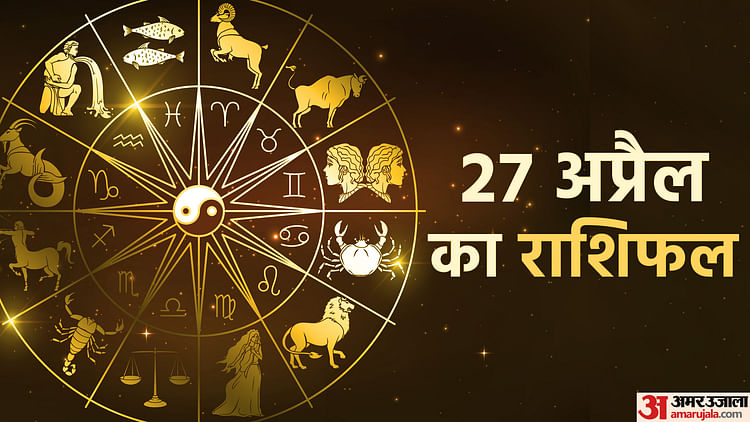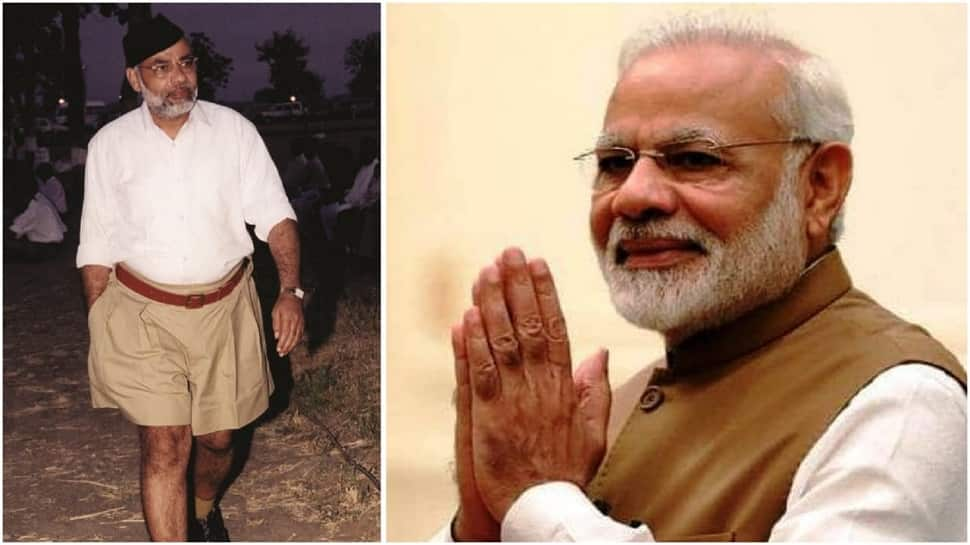From an ordinary RSS worker to Prime Minister of the world’s largest democracy, Narendra Damodardas Modi’s life has been one of struggle and conviction, and an inspiration for billions. Hailing from a humble background, he rose through the ranks through sheer hard work, combining tradition with modernism like never before. Born and schooled in Gujarat’s Vadnagar, it is said Modi left home in his teens and lived with sadhus across the country for months. He was associated with the RSS since a tender age, which shaped his philosophies in life. And as Modi turns 72, here’s a snapshot of the political career of a man who put India on the world map.
Emergency Era
In 1972, as per reports, Modi helped set up a unit of the RSS students’ wing ABVP in Ahmedabad. Two years later, he emerged as a firebrand leader through the anti-corruption Navnirman agitation. He was then appointed general secretary of the RSS-backed Gujarat Lok Sangharsh Samiti, which was coordinating opposition to Emergency in the state. After RSS was banned, Modi went underground and travelled in disguise. But as the ban was lifted, he went on to take bigger responsibilities within the organisation.
Ram Mandir Movement
Modi entered mainstream politics in 1987. He joined the BJP and organised its campaign for the Ahmedabad civic elections, which the party won. He was promoted to general secretary (organisation) of the Gujarat unit within a year. In 1990, Modi was named member of the BJP’s National Election Committee for successfully organising the Somnath-Ayodhya Rath Yatra of then BJP chief LK Advani, and the Kanyakumari-Kashmir Ekta Yatra of Murli Manohar Joshi.
Consolidating Gujarat
In 1995, BJP came to power in Gujarat, and the state has remained its stronghold since. Modi was appointed BJP national secretary that year and elevated to general secretary in 1998, a position he held till 2001. He was credited with ending factionalism in Gujarat BJP between supporters of Shankersinh Vaghela and Keshubhai Patel.
Appointment as Gujarat CM
In 2001, Modi was chosen to replace then Gujarat CM Keshubhai Patel due to his failing health and poor public image following the Bhuj earthquake. Modi, who had earlier refused to be deputy CM, was appointed by then Prime Minister Atal Bihari Vajpayee and sworn in on October 7, 2001. He was elected to the assembly in a bypoll on February 24, 2002.
Gujarat Riots
On February 27, 2002, a train carrying kar sevaks from Ayodhya was set ablaze by a Muslim mob in Godhra, killing dozens of Hindu pilgrims, including women and children. Riots broke out across the state, killing hundreds of people from both communities. Cases were filed against Modi alleging his personal involvement in the violence. In 2005, the US even denied him a diplomatic visa. Years later, all the cases were shut by the Supreme Court.
VIDEO LINK: Happy Birthday PM Modi: A timeline of his eventful political career in 60 seconds
10 Years: 2002-2012
Under Modi, BJP won every subsequent election in Gujarat by a landslide. It won 127 of the 182 seats in 2002; 117 in 2017; and 115 in 2012. Modi was lauded for his development model, with industries and business booming in Gujarat and the state performing well on all development indices.
Making History in 2014
Modi established himself as the PM candidate by the 2014 general elections. He faced opposition from Advani, but with most leaders backing him, the BJP campaigned across India with “Ab ki baar, Modi Sarkaar” slogans. The BJP crossed majority on its own, bagging 282 seats – the highest it ever won. Modi himself won in both constituencies – Vadodara and Varanasi.
Global Diplomacy
Between 2014 and 2019, Modi travelled to several countries to build diplomatic, economic and defence ties. In 2015, he made a surprise visit to Pakistan and met then PM Nawaz Sharif. Two years later, he became the first Indian PM to visit Israel. He introduced revolutionary economic reforms such as demonetisation on November 8, 2016, and GST on July 1, 2017.
Addressing Core Hindutva Issues
The 2019 Lok Sabha elections once again imposed Modi’s supremacy on India’s political turf, as the NDA won a whopping 353 seats in the 543-member Parliament. The first few months of his second term saw legislations criminalising triple talaq, abrogating Article 370 and introducing CAA, and the Supreme Court verdict in favour of Ram temple at Ayodhya.
India During Covid
Since 2019, the Covid pandemic put India, and the world, under severe distress, with the economy broken and health infrastructure overstretched. Under Modi’s leadership, India did not rely on foreign help but developed its own vaccines. Various socio-economic policies ensured that the poor received aid and the economy crawled back on track.
National Security
The surgical strike of September 2016, Balakot airstrike of February 2019 and Galwan clashes of May 2020 were turning points in India’s military history. Back home, the ruthless crackdown on terror and corruption reinforced Modi’s image as a nationalist with scant regard for consequences.







More News
5,000 tonne of onions to be irradiated to ensure higher availability of onions | India News – Times of India
Himachal Pradesh Assembly By-Elections: Congress Announces Candidates For 3 Seats
From inane to evocative, the ‘free & colourful’ world of symbols | India News – Times of India